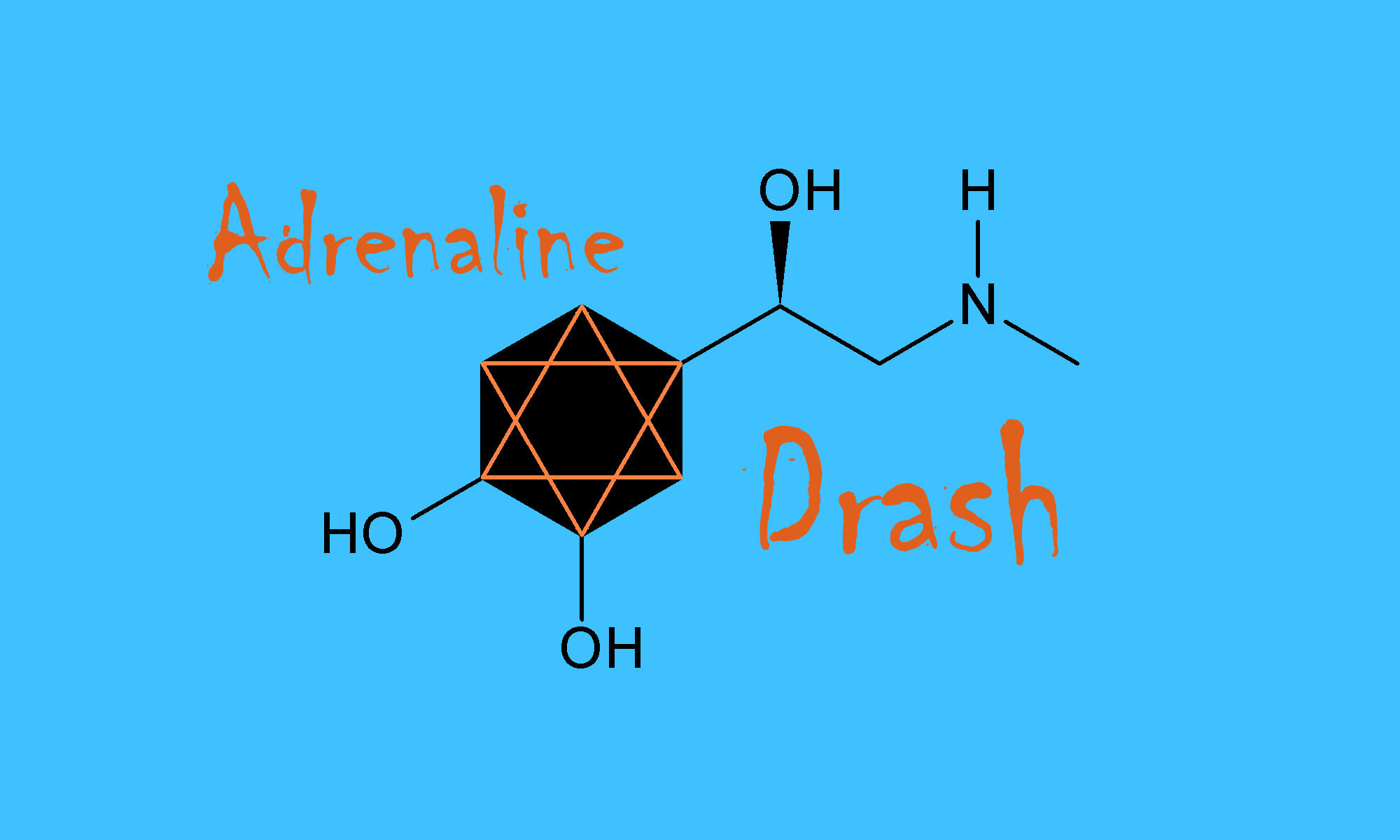 It’s February, the month of love. Valentine’s Day has passed, proposals have been made and accepted, and for those who are planning spring and summer weddings, it is rush season.
It’s February, the month of love. Valentine’s Day has passed, proposals have been made and accepted, and for those who are planning spring and summer weddings, it is rush season.
I’ve met with three couples in the past three weeks to plan their nuptials.
I love the work; I am hopelessly romantic. I always believe that the couples I am working with will live happily ever after. I imagine them in their old age remembering their ceremony and the little rabbi who stood before them with kind and affectionate commentary. “Remember when she told us to kiss a little longer? Wasn’t that cute?”
So far, only one couple I was involved with hasn’t stayed together. I comfort myself with the fact that I was more or less a sidekick in that ceremony, present to give a blessing to two former students. Both were practicing Christians, though I do not thing this had much to do with the fact that they moved to Splitsville within a year or so of settling at Wedding Bliss.
Certainly, I have learned a lot doing these ceremonies.
I have learned, for example, that it is Most Silly to send a small boy down an aisle with an empty pillow and call said boy a “ring bearer.” I understand the problem: Neither the groom nor the bride can be expected to trust a five year old with diamonds and white gold.
Suggestion? Forget the fluffy pillow. Instead, have that endearing little boy walk down the aisle with his grandmother. He will be much cuter than the pimply teenager you thought of asking, and grandma will make certain he makes it down the aisle by applying a firm grip to his little hand.
Typically, there is also some lovely little girl who is given a basket of rose petals to toss about. I will never forget the three-year-old who stopped ten feet from the aisle, offloaded all the petals in a heap at her feet and then squatted down to pick some up. It was great fun to watch grown-up women waving from the first row and calling out in high-pitched tones: “Brittany, go to Mommy now!”
Not all children are willing to accommodate the adult need to find them adorable.
By the by: You want adorable? Then please find that little girl a dress that will not slip off her little shoulders. You have no idea how often I see a four-year-old girl with a wardrobe malfunction á la Janet Jackson.
Make sure you have enough music. At one wedding I officiated, the D.J. didn’t realize that the Beatle’s “All You Need is Love” simply would not cover the exit for the happy couple as well as twenty (yes, you read this right) bridesmaids and groomsmen. Three attendants on each side were left standing in a deafening silence after the last “love is all you need” faded out. Awkward.
I have oodles more to say about women of all ages yanking at strapless dresses and bridesmaids hanging on the elbows of men they don’t know and may not like all that much. I have seen the Realization of Imminent Disaster as bridesmaids made ready, in outdoor settings, to navigate grassy aisles in spiky high heels. People invent funny ways of walking at weddings.
But I shall cease declaiming. It’s February, and just after Valentine’s Day. Instead, I will indulge my super-soft romantic spot and remind all couples in the world, whatever your age, ethnicity, or sexual orientation, of the Important Stuff.
Honor the hours before the wedding, don’t just rush through them. Take stock of the fact that your life is about to change enormously, no matter how long you have known your beloved. Consider the time under that chuppah sacred. Consider your marriage holy. It is.
May it be sweet and richly blessed with all you need… love.












